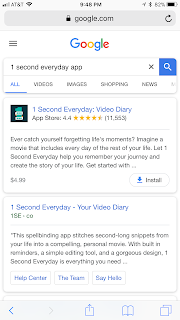LeetCode Hard Problem: Basic Calculator III

Problem is here: https://leetcode.com/problems/basic-calculator-iii/description/ Implement a basic calculator to evaluate a simple expression string. The expression string may contain open ( and closing parentheses ) , the plus + or minus sign - , non-negative integers and empty spaces . The expression string contains only non-negative integers, + , - , * , / operators , open ( and closing parentheses ) and empty spaces . The integer division should truncate toward zero. You may assume that the given expression is always valid. Some examples: "1 + 1" = 2 " 6-4 / 2 " = 4 "2*(5+5*2)/3+(6/2+8)" = 21 "(2+6* 3+5- (3*14/7+2)*5)+3"=-12 Now given the number of submissions and acceptances, this is definitely not a super trivial problem: Now since I had some ExpressionEvaluation code hanging around, I reused the code with some few modifications: Keep it to ...


